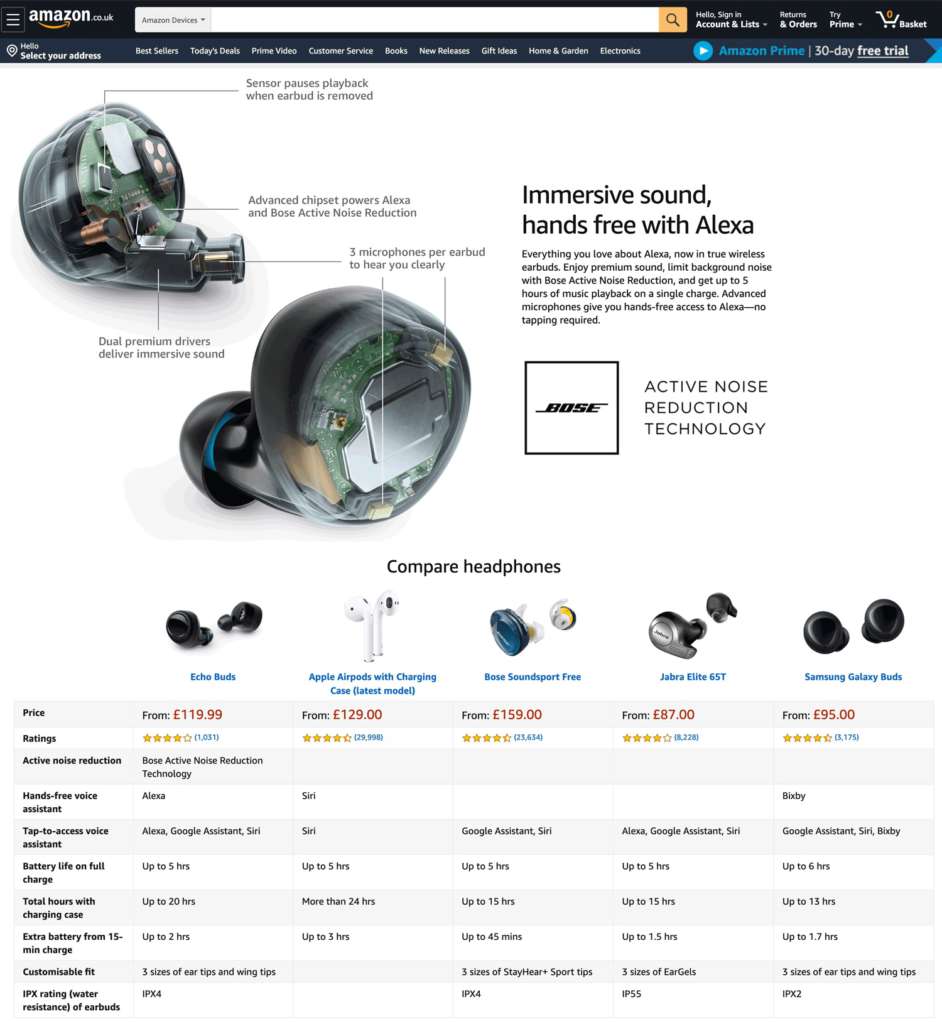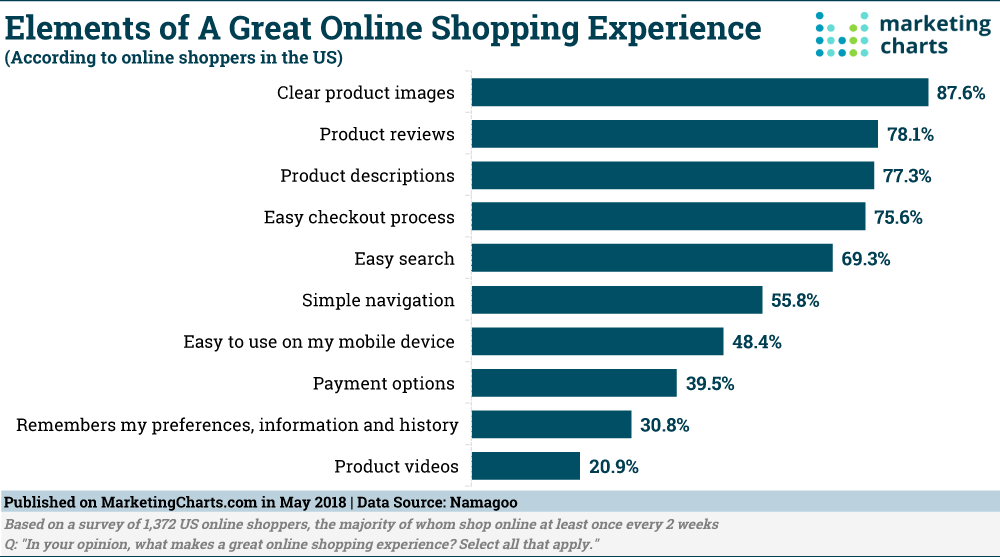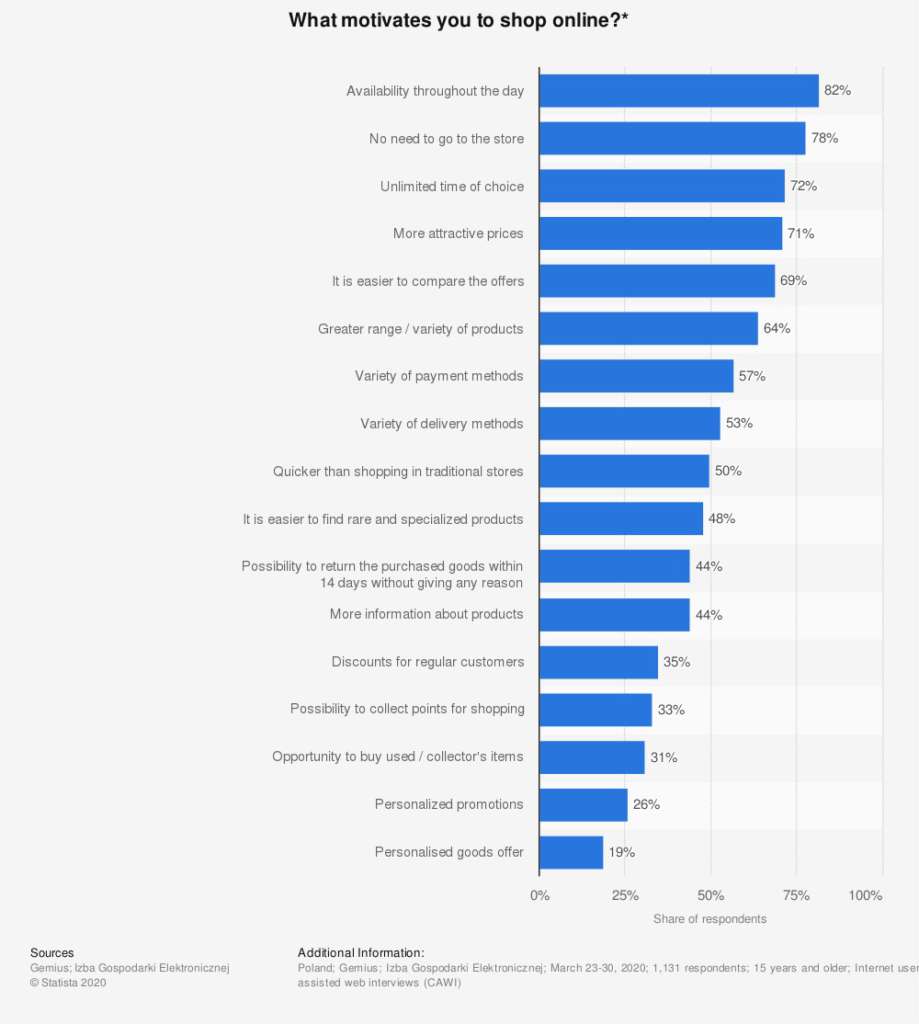
7 eCommerce Myths That You Should Start Ignoring Today
As per a recent report released by the US Department of Commerce Retail Indicator Division, eCommerce sales grew to $870 billion during the pandemic, thus growing by almost 50% since 2019.
While this is good news for eCommerce sellers and online retailers, it also means that there is now increased competition among sellers and brands. With greater demand, there also comes new challenges, concerns, and questions.
To stand out, you need to not only innovate but also optimize your business to reach its full potential. eCommerce is evolving and thus, sellers need to evolve as well.
So, it’s time to bust some common myths about eCommerce that are stopping your business from reaching its full potential.
In this article, we bust the 7 most common eCommerce myths.
Busting the 7 most common eCommerce myths
The following are the 7 most common eCommerce myths that we often hear –
- You just have to open your store and buyers will come
- Product photos are not important
- Generic product descriptions will do the job
- Shoppers only care about the price
- There is no need to diversify if your sales are fine
- Social media marketing is futile for the older audience
- Stock images provided by the manufacturer are enough
Myth 1 - You just have to open your store and buyers will come
Reality – Customers will only come to you if you make yourself visible

Even in 2022, many people seem to think that eCommerce is easy and that it’s pretty straightforward to run a retail business. It’s a common misconception that once you open an online store, the customers would just rush in.
But in order to attract customers, you need to make yourself visible first. That, in itself, is a huge task.
To make yourself seen, you need to –
- Build your presence on Facebook and Instagram. Joining community groups also helps.
- Be active on other specialized social media like YouTube, Reddit, Pinterest, Twitter, LinkedIn, etc.
- Do website SEO to help customers organically find your store, products, listings, etc.
- Create a blog for building domain authority.
- List your business on Google or other local business directories.
- Use high-quality product images to build a good first impression.
These are just a few things. The list is much longer. The lesson is that you need to make your business visible in places where your target audience is searching for products. To stand out, you should be building brand awareness.
Myth 2 - Product photos are not important
Reality – Customers consider product photos the most important
This is a point we can’t stress enough. Visuals are vital since customers rely on product photos to make shopping decisions. Since the users cannot experience the products as they do in real life, they rely on product photos to get a glimpse of how the product would look in real life.
As per research, for 87.6% of shoppers, clear product images are the most important factor in determining a great online shopping experience – more than product reviews, product descriptions, or user experience.
The graph below highlights the importance of product images.
Moreover, it’s only natural for your customers to want to see your product from different angles and in high quality.
To make the experience even better, you can also go a step further and showcase your products through short videos or 360-degree images. Lifestyle images are also helpful.
Pro tip: You can use the DoMyShoot app to easily create high-quality product photos including catalog images with white backgrounds and lifestyle images with models and interesting backdrops.
Myth 3 - Generic product descriptions will do the job
Reality – You need premium content to stand out
A big mistake that sellers and brands sometimes make is not giving enough importance to product descriptions. Only creating a good product is of no use if it doesn’t sell.
By not putting sufficient effort into creating product descriptions that appeal to end customers, you are essentially hurting your sales. Subpar product descriptions are an issue from an SEO perspective as well, limiting your ability to rank for the keywords your customers are searching for on Amazon, Google, eBay, Etsy, etc.
To make the content richer, you can also add visuals, detailed product descriptions, comparison tables, charts, etc.
Check out the image below to see how Bose does a great job of using premium content to present its products on Amazon.

This is how you can create high-quality content for your product listings –
- Write a compelling title
- Add a unique product description
- Use high-quality images
- Add videos
- Show color variations
Myth 4 - Shoppers only care about the price
Reality – There are a variety of factors that come into play
There’s no doubt that prices are important but prices are not the only thing customers care about. They consider a variety of factors like user experience, convenience, personalization, flexibility, shipping, delivery, reviews, reliability, website navigation, etc. For some consumers, factors like community involvement, sustainability, and social responsibility also come into play before they make a purchase decision.
That’s not to say prices shouldn’t be competitive. But if you can’t compete in terms of pricing then you’ve got to find another way of making your listing stand out.
You can also differentiate your brand by highlighting your unique product features, your excellent customer service, or how convenient shopping from your brand can be.
Moreover, if you are offering a unique product, why would you sell it below its true value? Customers are willing to pay more for products they deem more valuable. If a product offers physical, logical, or emotional benefits, its perceived value will be higher. So, customers will be willing to pay more for it.
Secondly, low prices are not the only reason people shop online. Check out the chart below to see what motivates customers to buy online.
Myth 5 - There is no need to diversify if your sales are fine
Reality – Diversifying helps in this ever-evolving environment
Here’s the thing about eCommerce – things change fast. What works today might not work tomorrow. The constantly changing consumer preferences mean that businesses need to be agile and competitive.
Failure to innovate and diversify might hurt even the most well-run and profitable businesses. Innovation in site design, checkout process, marketing, and overall brand experience allows your business to measure up against the competition.
Take the example of cookies. Any marketer who was using cookies to target Facebook audiences would tell you how transient the online world is.
That is why it is always a safe strategy to diversify across different eCommerce channels. So even if the audience on one channel disappears, you’ll have backup options to fall back on. This would allow for a seamless transition of your sales focus without disrupting any revenue flow.
Pro tip: You can use DoMyShoot to get high-quality product images for different online marketplaces like Amazon, Etsy, eBay, Walmart, etc.
Myth 6 - Social media marketing is futile for the older audience
Reality – The only difference is how they use social media

Many eCommerce businesses assume that it’s futile to focus on social media marketing for the older audience. And while it’s true that the older generation takes longer to adapt to new technologies, they love to use social media as much as millennials or gen z users. The only difference lies in the way they use social media platforms.
Moreover, seniors are more loyal to a brand and less likely to switch.
As per Pew Research, 72% of internet users between the age of 50-64 use Facebook. About 62% of users aged above 65 use some social media platform.
Let’s look at a few ways you can target older audiences on social media –
- Use appropriate language
- Avoid using fear-based tactics
- Market on multiple channels
- User clear and specific CTA on your posts
- Speak directly to them
- Use images that target the older audience
Myth 7 - Stock images provided by the manufacturer are enough
Reality – You need custom images to stand out
In most cases, the manufacturers provide stock images to all of their sellers. But one of the biggest mistakes sellers do is to assume that these stock images are sufficient.
But if you want to differentiate yourself from competitors and make your brand stand out, you need to have high-quality custom images.
To do so, you can either hire a professional photographer or go the DIY route and click photographs yourself. You can also take the help of product photography apps like DoMyShoot to make the job easier.
Use your images to showcase your products from different angles, offering your customers as many details as possible.
Conclusion
Starting and running an eCommerce store may seem confusing at times. Often you’ll come across myths that would mislead you and stop your business from reaching its full potential. That is why we discussed some of the most common myths that one gets to hear often.
While we only covered 7 myths in this article, we are sure you must have come across many such myths. So, we would like to hear from you any eCommerce myths that you know of. Let us know by leaving a comment below.
Enjoyed this article? You might also like –



